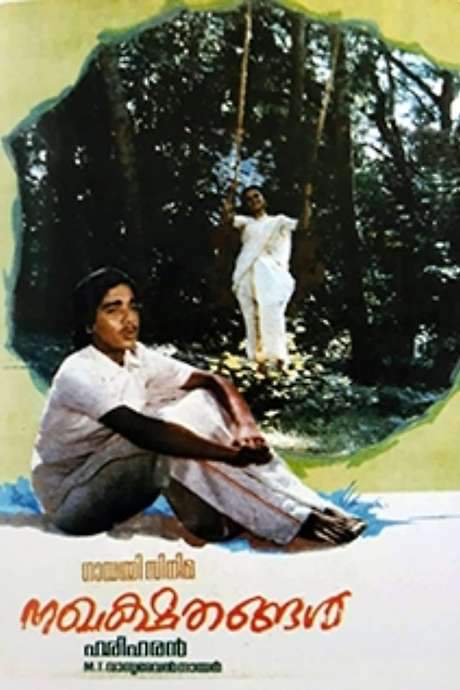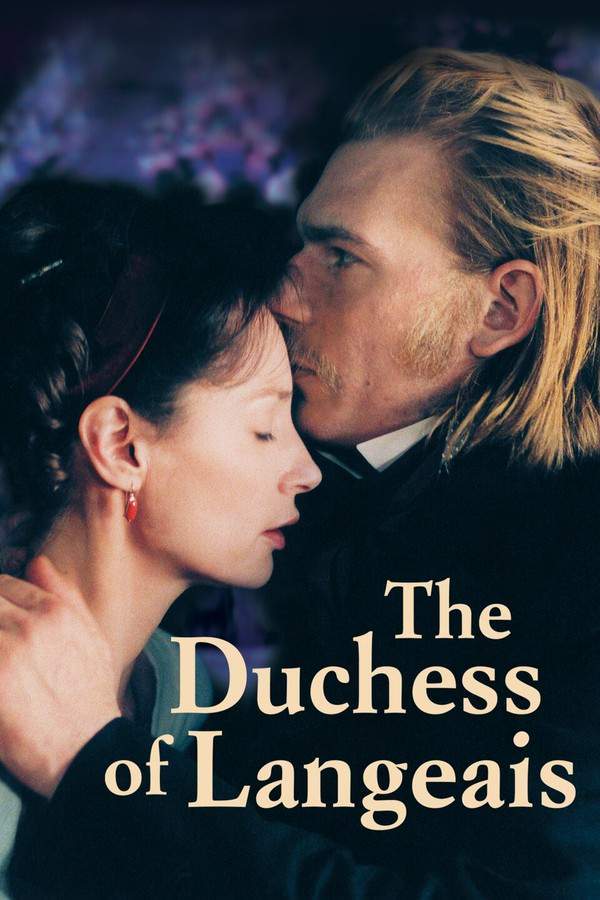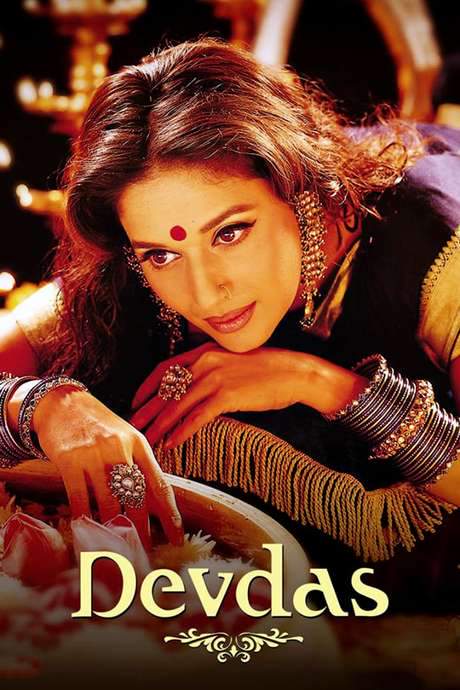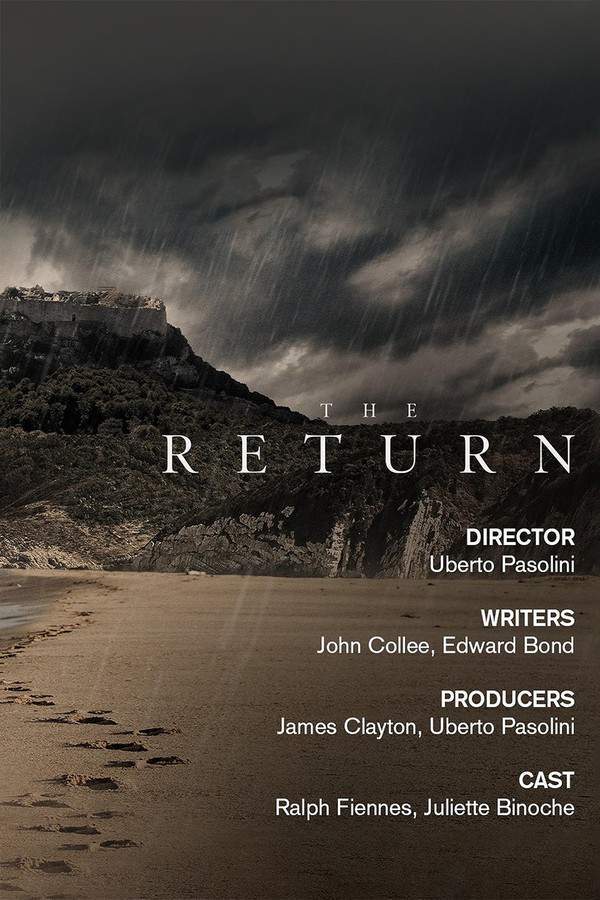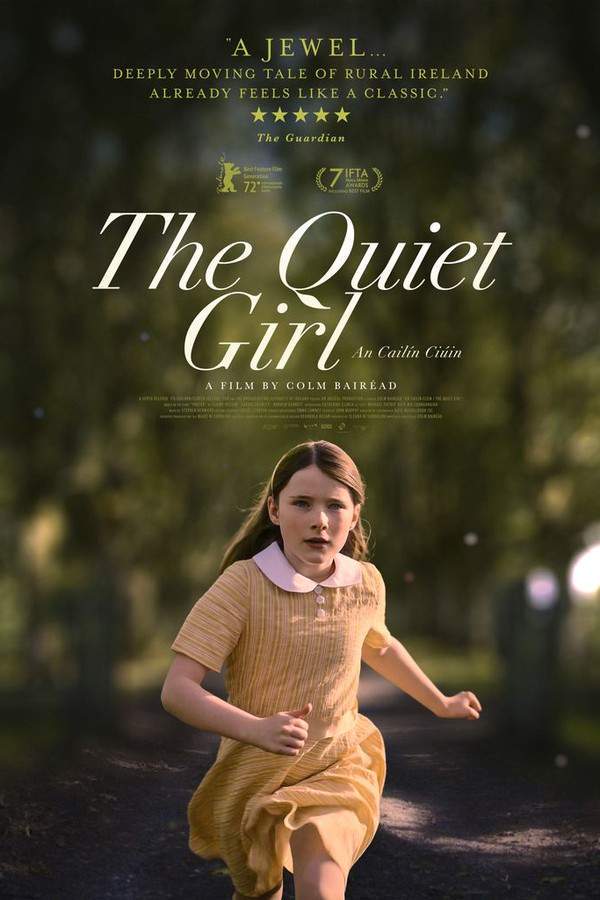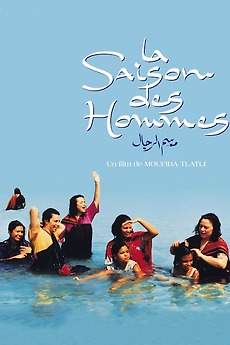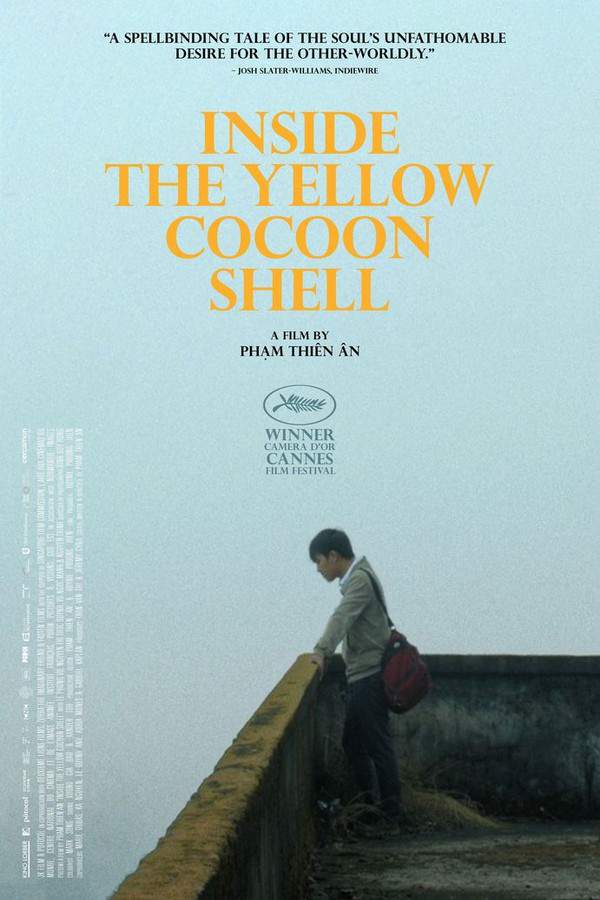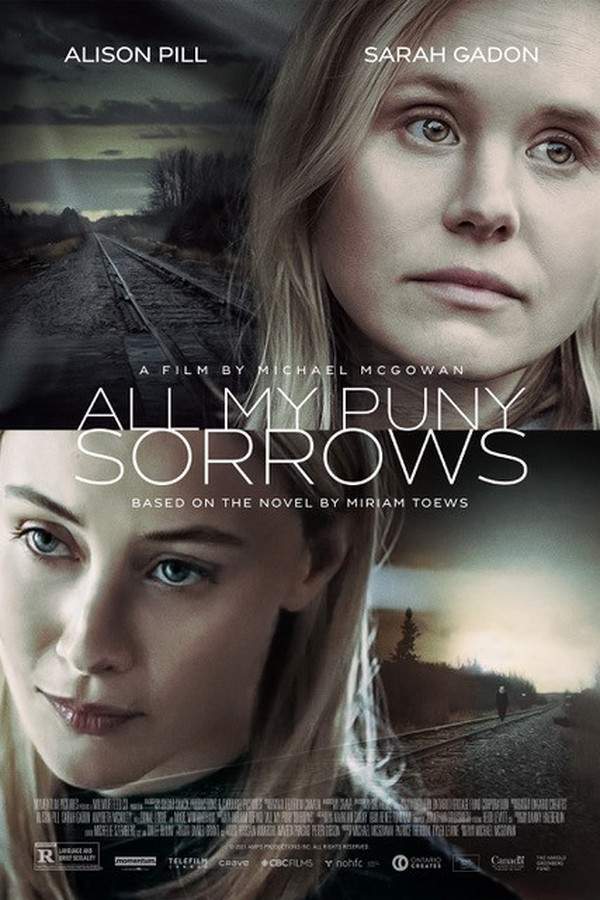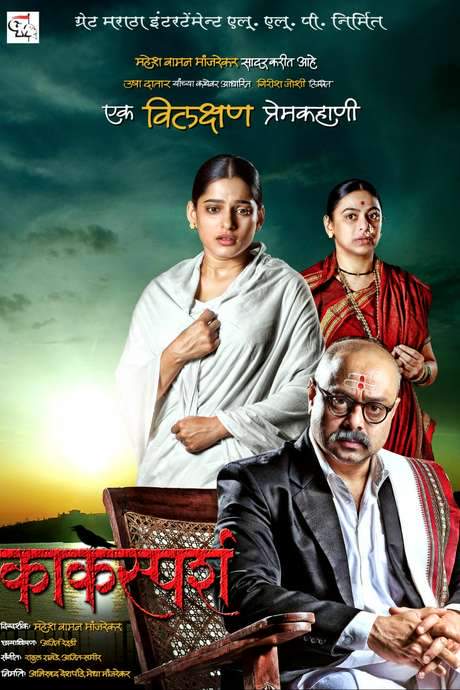
Kaksparsh
Year: 2012
Runtime: 147 mins
Language: English
Director: Mahesh Manjrekar
Uma loses her husband at a very young age and faces many hardships. The only support she gets is from her brother-in-law.
Warning: spoilers below!
Haven’t seen Kaksparsh yet? This summary contains major spoilers. Bookmark the page, watch the movie, and come back for the full breakdown. If you're ready, scroll on and relive the story!
Kaksparsh (2012) – Full Plot Summary & Ending Explained
Read the complete plot breakdown of Kaksparsh (2012), including all key story events, major twists, and the ending explained in detail. Discover what really happened—and what it all means.
Hari Hari Dada Damle, head of a traditional Chitpavan Brahmin family, rules over life in the Konkan village of Torgaon with his wife Tara, their three children, his younger brother Mahadev, and his widowed aunt Namu Aatya. He orchestrates a marriage between Mahadev and a pre-pubescent girl, Durga, who is renamed as Uma after the union. Mahadev dies before the marriage can be consummated, and Hari conducts the Śrāddha rites for his brother. For a long time the crows refuse to touch the offerings, until Hari mutters something over the meal and the crow finally touches the offerings, signaling a complex bond between duty, ritual, and the unseen.
From the start, the Brahmin community presses that Uma, now a widow, should have her head shaved as part of ritual purification. Hari resists, refusing to permit such rituals, and stands by Uma through every controversy and whisper of doubt from Tara and others. This steadfast protective stance cements Hari’s image as a guardian, yet it also stirs suspicion about his true motives within the household.
Years pass, and Tara is diagnosed with a terminal illness. The now grown-up Uma steps forward to take charge of the family’s day-to-day affairs, effectively becoming the pillar of the household. Before Tara dies, she recognizes her earlier misjudgments and pleads with Hari to marry Uma; he refuses, caught between old vows and a growing, undeniable tenderness.
Meanwhile, Hari arranges the marriage of his son Sankarshan and welcomes this new arrangement with a mix of pride and guarded emotion. The tension between Hari and Uma deepens when he catches her listening at the threshold of the newlyweds’ room, hearing their playful banter. Disgusted by what he perceives as inappropriate behavior, Hari withdraws from Uma, and she, puzzled and hurt, tries to reach out to Hari’s friend Balwant for explanation. Hari, unaware of the underlying reason, overhears the exchange and cuts ties with Balwant.
Uma, left bewildered by Hari’s withdrawal, grows more isolated as her health begins to deteriorate. Sankarshan pleads with Shanti to talk to her, but the weight of unanswered questions about her relationship with Hari remains heavy on her heart. In a moment of resolve, Uma begins a fast, signaling the depth of her longing for understanding and connection.
When Hari finally reveals the truth, the ground shifts. He confesses that during Mahadev’s death rites, the offerings were rejected by the crows for an extended period, and in that moment he vowed that no other man would touch Uma. This vow explains his resistance to shaving her head and to Tara’s proposal of their marriage. Yet when he learns from Tara that Uma has fallen in love with him, he chooses to break the vow and open himself to a possible union with her, despite the risks to the stability of his world.
Uma forgives him, and the two proceed toward reconciliation, with Hari preparing to take the Mangala sutra as a symbol of their bond. But tragedy strikes: Uma is dead. It becomes clear that Uma sacrificed her life to safeguard the integrity of Hari’s vow, choosing not to be the obstacle that would force him to break a vow that had defined and bound him for so long. Hari, left to face the awakening of a love he almost claimed and the loss of the woman who stood by him, comes to understand the profound cost of vows, duty, and the perils of clinging to tradition at the expense of human connection.
Last Updated: October 03, 2025 at 10:35
Explore Movie Threads
Discover curated groups of movies connected by mood, themes, and story style. Browse collections built around emotion, atmosphere, and narrative focus to easily find films that match what you feel like watching right now.
Slow burn tragic family dramas like Kaksparsh
Emotional stories of love, duty, and sacrifice within families bound by tradition.Discover movies similar to Kaksparsh that explore the profound bonds and heartbreaking sacrifices within families. These films share a melancholic tone, slow pacing, and heavy emotional weight, focusing on stories of duty, forbidden love, and grief in traditional settings. If you liked Kaksparsh, you'll appreciate these emotionally rich and character-driven narratives.
Narrative Summary
Stories in this thread typically follow families grappling with loss, societal pressure, and forbidden affections. The narrative often builds slowly around a central moral dilemma or a tragic event, exploring the quiet suffering and sacrifices of its characters as they navigate the unyielding rules of their community or tradition.
Why These Movies?
These movies are grouped together because they share a core emotional experience: a slow, contemplative exploration of familial duty clashing with personal desire, resulting in a deeply melancholic and often tragic atmosphere. They prioritize character depth and emotional realism over plot twists.
Movies about oppressive traditions like Kaksparsh
Intimate portraits of individuals constrained by rigid social codes and rituals.If you were moved by Kaksparsh's depiction of widowhood and social duty, explore these films that similarly examine life under restrictive customs. These movies often feature characters challenging or succumbing to oppressive traditions, set against a backdrop of village life or closed societies, with a somber and emotionally heavy tone.
Narrative Summary
The narrative pattern involves a protagonist whose personal happiness is in direct conflict with the inflexible rules of their society. The story unfolds through quiet moments of tension, showcasing the subtle ways tradition dictates life, love, and grief, leading to profound personal sacrifice or tragic consequences.
Why These Movies?
These films are united by their central theme of societal oppression and its impact on the individual. They create a specific, often melancholic, mood through their setting and focus on the quiet suffering caused by rituals, duties, and unbreakable social codes.
Unlock the Full Story of Kaksparsh
Don't stop at just watching — explore Kaksparsh in full detail. From the complete plot summary and scene-by-scene timeline to character breakdowns, thematic analysis, and a deep dive into the ending — every page helps you truly understand what Kaksparsh is all about. Plus, discover what's next after the movie.
Kaksparsh Timeline
Track the full timeline of Kaksparsh with every major event arranged chronologically. Perfect for decoding non-linear storytelling, flashbacks, or parallel narratives with a clear scene-by-scene breakdown.

Characters, Settings & Themes in Kaksparsh
Discover the characters, locations, and core themes that shape Kaksparsh. Get insights into symbolic elements, setting significance, and deeper narrative meaning — ideal for thematic analysis and movie breakdowns.

Kaksparsh Spoiler-Free Summary
Get a quick, spoiler-free overview of Kaksparsh that covers the main plot points and key details without revealing any major twists or spoilers. Perfect for those who want to know what to expect before diving in.

More About Kaksparsh
Visit What's After the Movie to explore more about Kaksparsh: box office results, cast and crew info, production details, post-credit scenes, and external links — all in one place for movie fans and researchers.





